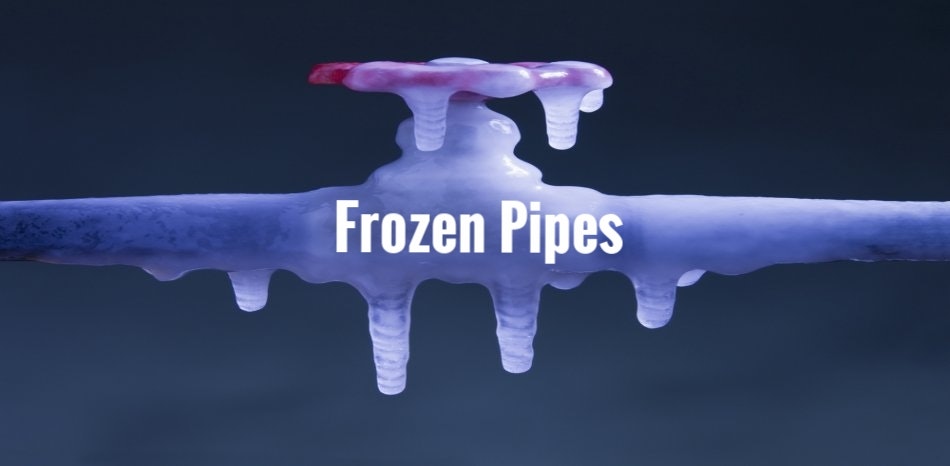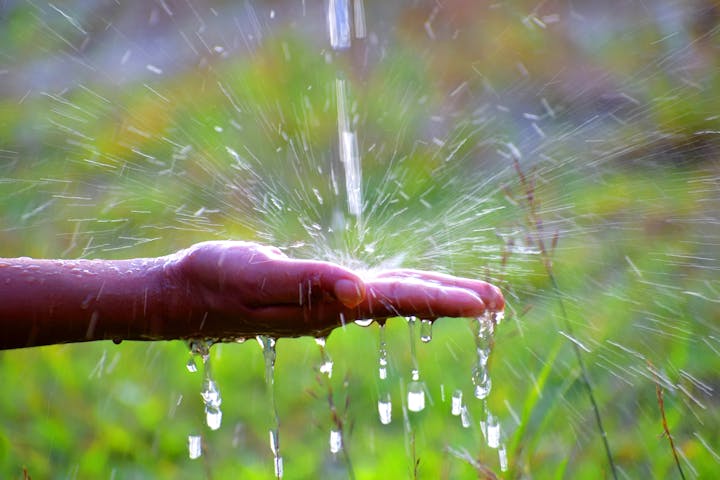Preventing and Thawing Frozen Pipes

These tips will help prevent your pipes from freezing (and if they do freeze, how best to thaw them)
The best way to deal with freezing pipes is to prevent them in the first place. But if the unthinkable does happen, you’ll have to act fast to minimize the damage and cost of repairs.
Where the Trouble Lies
Some pipes are more prone to freezing than others because of their location in the home. Pipes most at risk for freezing include:
- Exposed pipes in unheated areas of the home.
- Pipes located in exterior walls.
- Any plumbing on the exterior of the home.
Preventative Measures for Outside

Garden Hoses: A frozen garden hose can cause more damage than a busted hose; it can actually burst an interior pipe. When the water in the hose freezes, it expands, increasing pressure throughout the whole plumbing system. As part of your regular seasonal maintenance, garden hoses should be disconnected, drained, and stored before the first hard freeze.
Pressure Regulators: Make sure to maintain your pressure regulator on a regular basis. It is recommended to position the pressure gauge on the house side of the regulator and maintain a pressure of 60 psi or less. Call your plumber if your gauge is reading higher than recommended.
If you don’t have frost-proof spigots, close the interior shut-off valve leading to that faucet, open and drain the spigot, and install a faucet insulator. They cost only a couple bucks and are worth every penny. Don’t forget, outdoor kitchens need winterizing, too, to prevent damage.
Exposed Interior Plumbing
Exposed pipes in the basement are rarely in danger of freezing because they are in a heated portion of the home. But plumbing pipes in an unheated area, such as an attic, crawl space, and garage, are at risk of freezing.
Often, inexpensive foam pipe insulation is enough for moderately cold climates. For severe climes, opt for wrapping problem pipes with thermostatically controlled heat tape (from $50 to $200, depending on length), which will turn on at certain minimum temps.
Under-Insulated Walls
If pipes traveling in exterior walls have frozen in the past (tell-tale signs include water damage, mold, and moisture build-up), it’s probably because of inadequate or improperly installed insulation. It might well be worth the couple hundred dollars it costs to open up the wall and beef up the insulation.
Heading South for the Winter?
For folks leaving their houses for an extended period of time in winter, additional preventative measures must be taken to adequately protect the home from frozen pipes.
· Make sure the furnace is set no lower than 55 degrees.
· Shut off the main water supply and drain the system by opening all faucets and flushing the toilets.
Freezing Pipes
Why Freezing Pipes Burst
Not all freezing pipes burst, but when one does, it’s because water expands when it freezes, adding considerable pressure on unyielding plumbing pipes. That pressure can cause a tiny leak at a joint or crack on a length of pipe, unleashing the full flow of water inside your home.
How to Identify Freezing Pipes
A water line coated in frost (or bulging like a well-fed python) is a good sign that it’s frozen, but not all plumbing pipes are visible.
If your faucets won’t flow and your toilets won’t refill following a flush, that’s a good sign your pipes are frozen
How to Thaw a Frozen Pipe
Before doing anything, shut off the water supply to that section of plumbing (or the entire house if that’s the only option) because the real trouble begins after the thaw. That’s because the frozen water may be acting as a plug, preventing water from spilling out of the cracks in your pipes. When that plug is thawed, water gushes out. It’s a good idea to be ready with a mop, bucket, and towels in case there’s a plumbing leak.
Use a space heater, heat lamp, or hair dryer to thaw the frozen length of pipe. Wrapping freezing pipes with thermostatically controlled heat tape is also an effective way to quickly thaw a trouble spot.
Don’t thaw pipes using a propane torch, which presents a fire risk.
*this information was provided by www.houselogic.com


